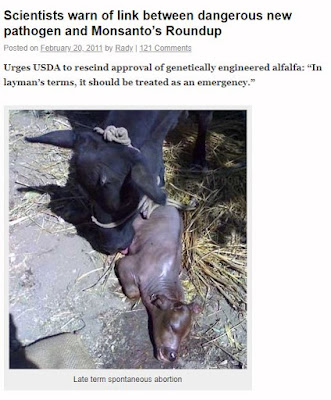Dr. Don Huber's Mystery Organism - A Legacy of Disinformation

Back before calling out disinformation was fashionable, I was busting biotech charlatans for lying about science to satisfy their personal agendas. It was seven years ago today that Dr. Don Huber, Emeritus Professor of Purdue University, stood in front of a room of people and scared the hell out of them. I was in the room. His stream of disinformation was disgusting, deliberately and intentionally lying to an audience assembled to learn about food and new technology. You can read about the event in detail here . At the event he reiterated his claims of a new organism he had isolated from "GMO" crops-- a deadly "virus-like fungus" or "microfungus" that killed plants, caused disease in people and triggered spontaneous abortion in livestock. The audience was aghast, with audible discomfort in the room. Not "scientists" but one unscrupulous scientist that intentionally fabricated a story to influence public perception and sway federal policy. ...



